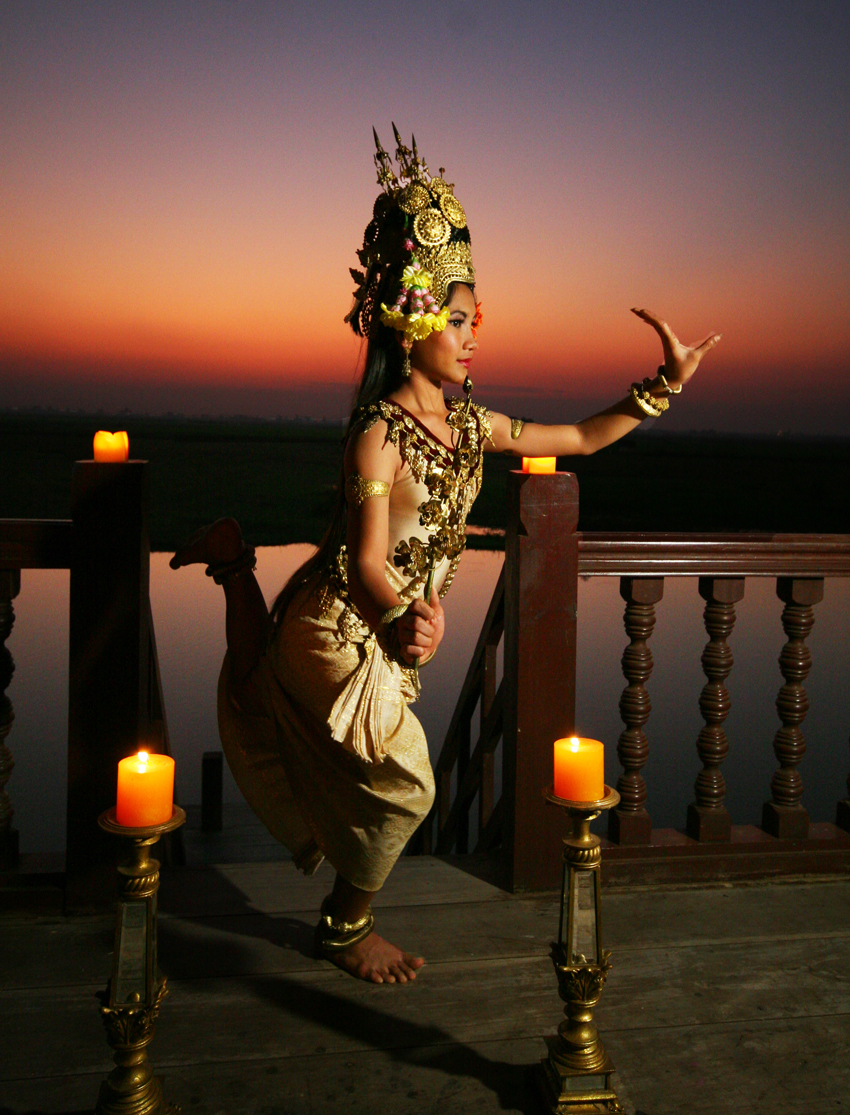Chan Rothana has several ‘magic’ tattoos drawn with incense onto his skin by a monk. “They are protecting me even if you do not see them,” he says. “And it seems to be working” At 27, he has fought 80 times in the ring and never been knocked down. He knows over a thousand moves that his father taught him when he started learning the Yukatun Khrom martial art 10 years ago. Being the son of Kbach Kun Boran Khmer Master (Kru), one of the most recognised masters in Cambodia, requires discipline, belief and strength. “People call it ‘Bokator’, but that’s not the right name. It’s an art; not just a sport.” He smiles. Rothana’s name is legendary among fighters. People say his grandfather used to train with bags of sand and stones thrown at his jaw to strengthen it until he could endure every strike.
Tired of people watching Yukatun Khrom like a TV soap opera without appreciating it as part of their culture, Rothana decided to open a club to teach not just the technique but also the spirit of the art – a philosophy he shares with Apsara dance teacher Sen Pitch: “We both want to keep the culture alive.”
Sen has been teaching the secrets of Apsara moves for the past year to both Khmer and foreign students. It’s an unconventional path for Khmer arts: Apsara dance is supposed to be the preserve of the elite. But Sen fights for her culture the same way she once fought for her life. Like Rothana, she grew up in a refugee camp on the Thai border. “You simply do not forget that,” she says. At the age of 13, she started to practice during the weekends as a way to keep her Khmer identity.
The more her body softened, the more she practiced, until at the age of 14 she danced for the late King Father. But on what became the most important day of her life as an Apsara, she danced in front of Princess Bopha Devi – one of the chief guardians of Khmer classicism: “She came to see me after the show to tell me I was dancing beautifully and bringing back to her a bit of herself when she was young.” When the Royal Apsara troupe’s patron and the most prominent daughter of Norodom Sihanouk gives you a mirror, you look at it and lose your fears.
Rothana and Sen each have one floor on which to perpetuate the moves of Apsara and Yukatun Khrom among interested locals and foreigners alike, as the incense from which Rothana draws his strength burns and give wings to the Apsara’s prayers. ‘Unite, inspire, share’ has become the motto of Selapak – a place where, symbolised by the two wings of a mythical Cambodian bird, Aspara and Yukatun Khrom now have a new home.
WHO: Selapak (‘Living Arts’)
WHAT: Bokator and Apsara classes
WHERE: #117 Street 110
WHEN: From mid-June
WHY: Master the ancient Khmer disciplines of fighting and dance
